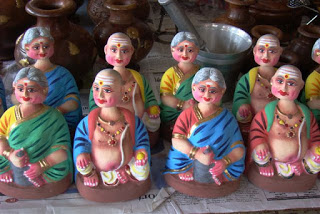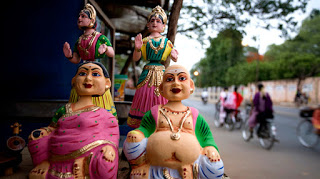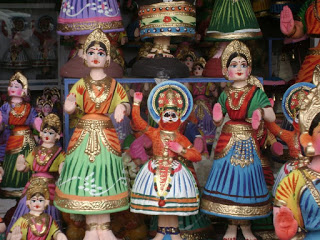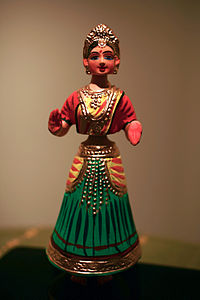Source of all Images in this Blog-post : Google Images : ‘Google Image Search’ will reveal the multiple sources of every single image shared in this Blog. For more details, kindly see ‘Disclaimer‘
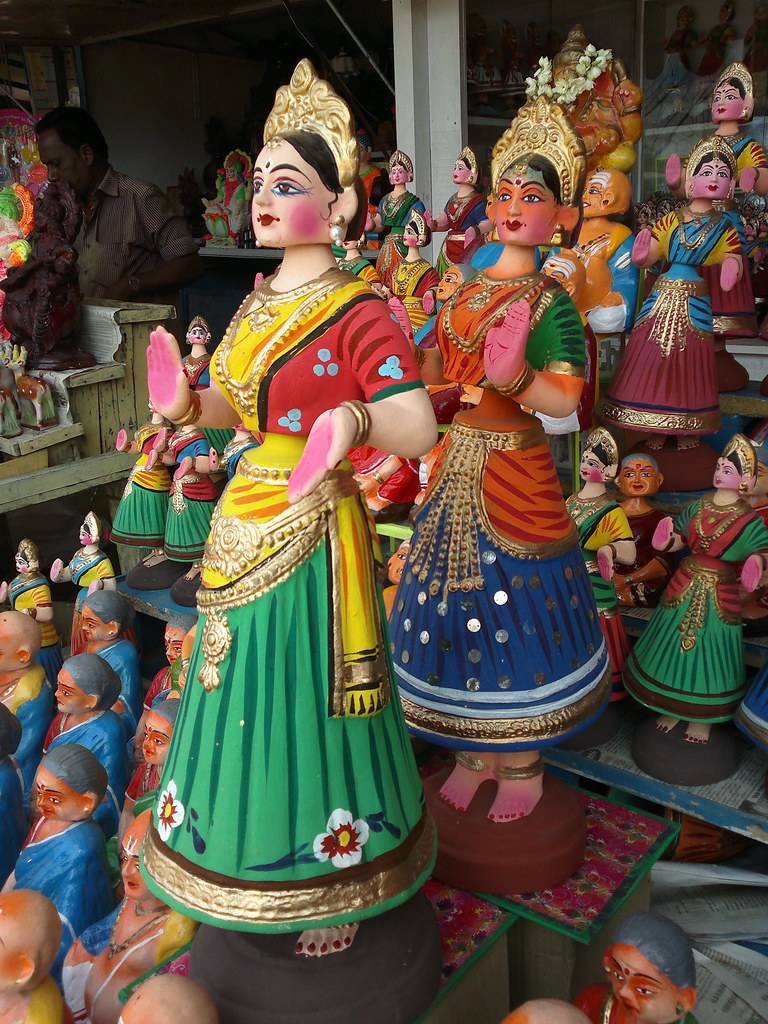
The Thanjavur doll is a type of traditional Indian bobblehead or roly-poly toy made of terracotta material. The centre of gravity and total weight of the doll is concentrated at its bottom-most point, generating a dance-like continuous movement with slow oscillations.

These toys are traditionally handmade, finished with detailed, painted exteriors. They have been recognized as a Geographical Indication by the Government of India as of 2008-09.




Thanjavur doll or Thanjavur Thalaiyatti Bommai as the doll is popularly known is one of the traditional handicrafts of Thanjavur region of Chennai, Tamil Nadu.
It is a type of handmade doll which is made using traditional methods using very less mechanical tools. Special feature which differentiates this doll from others is its bobble-head and roly-poly structure. Doll’s head is larger than its body, hence it moves likes a pendulum and do no fall sideways.
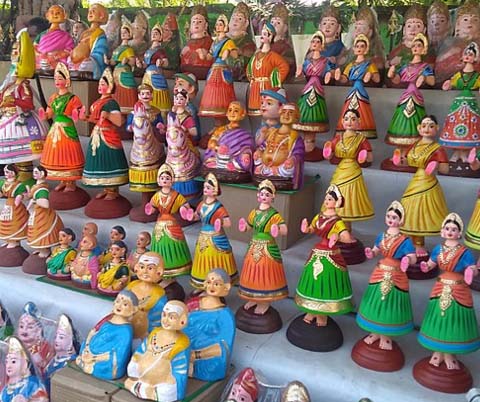
Thanjavur dolls are basically made using terracotta clay, and are purely handmade and hand painted by skilled artists. The dolls and toys are given multiple shapes, sizes, colours and styles by these artists to represent various traditional dance forms like Bharatanatyam, Kathakali, Manupuri, etc. There are 4 different parts of the doll which give them their unique movements: legs, head, upper body and lower body.
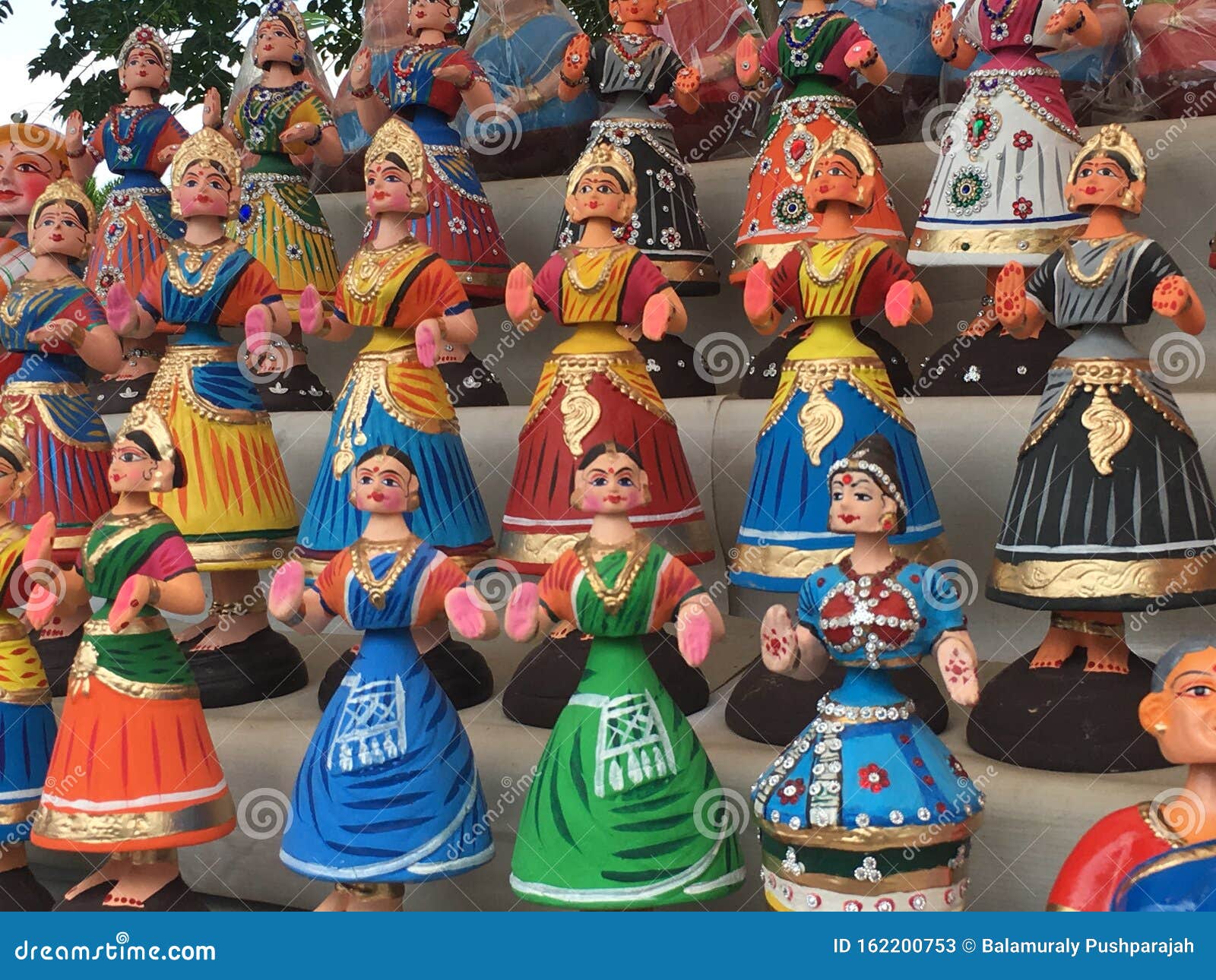
Local people of Thanjavur call it “Thanjavur Thalaiyatti Bommai” in Tamil which means bobble-head dolls or head shaking dolls. It is an ancient art of 19th century during the regime of Saraboji’s Kingdom.
